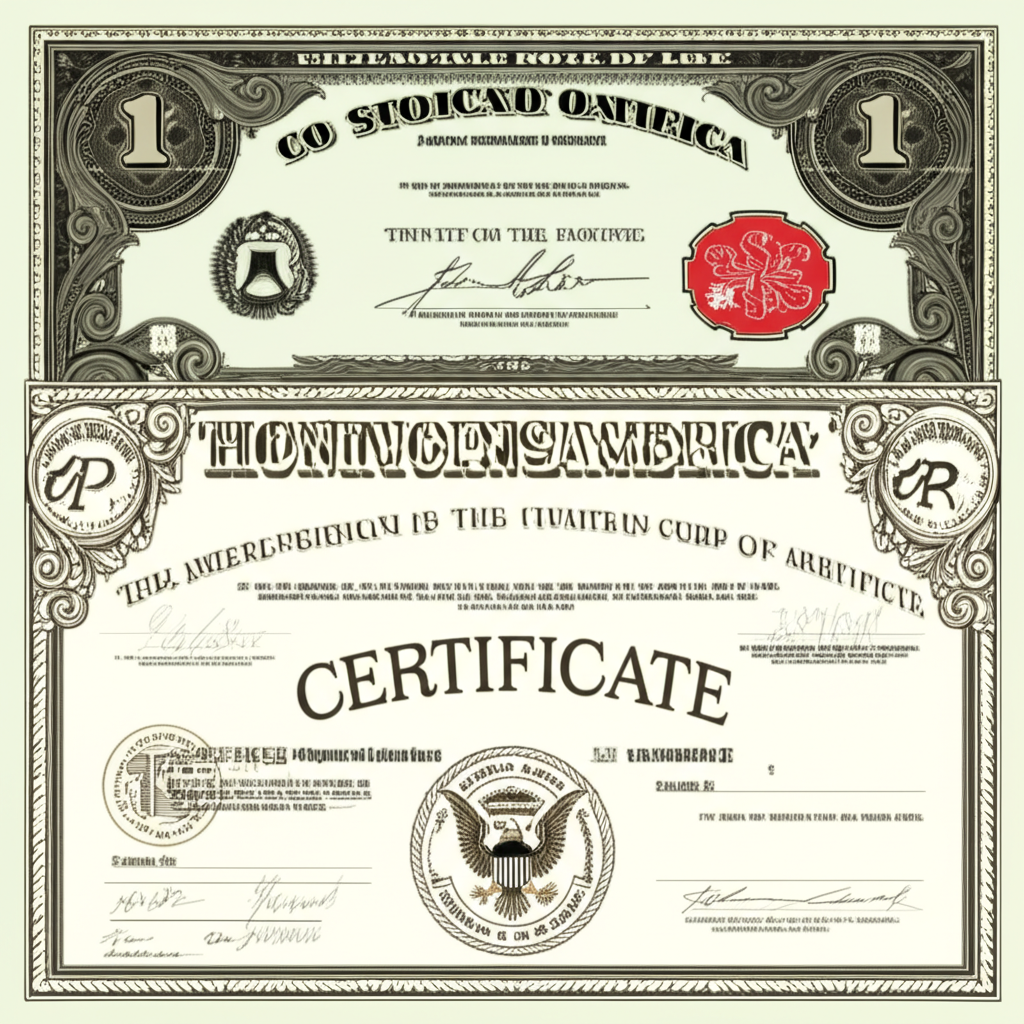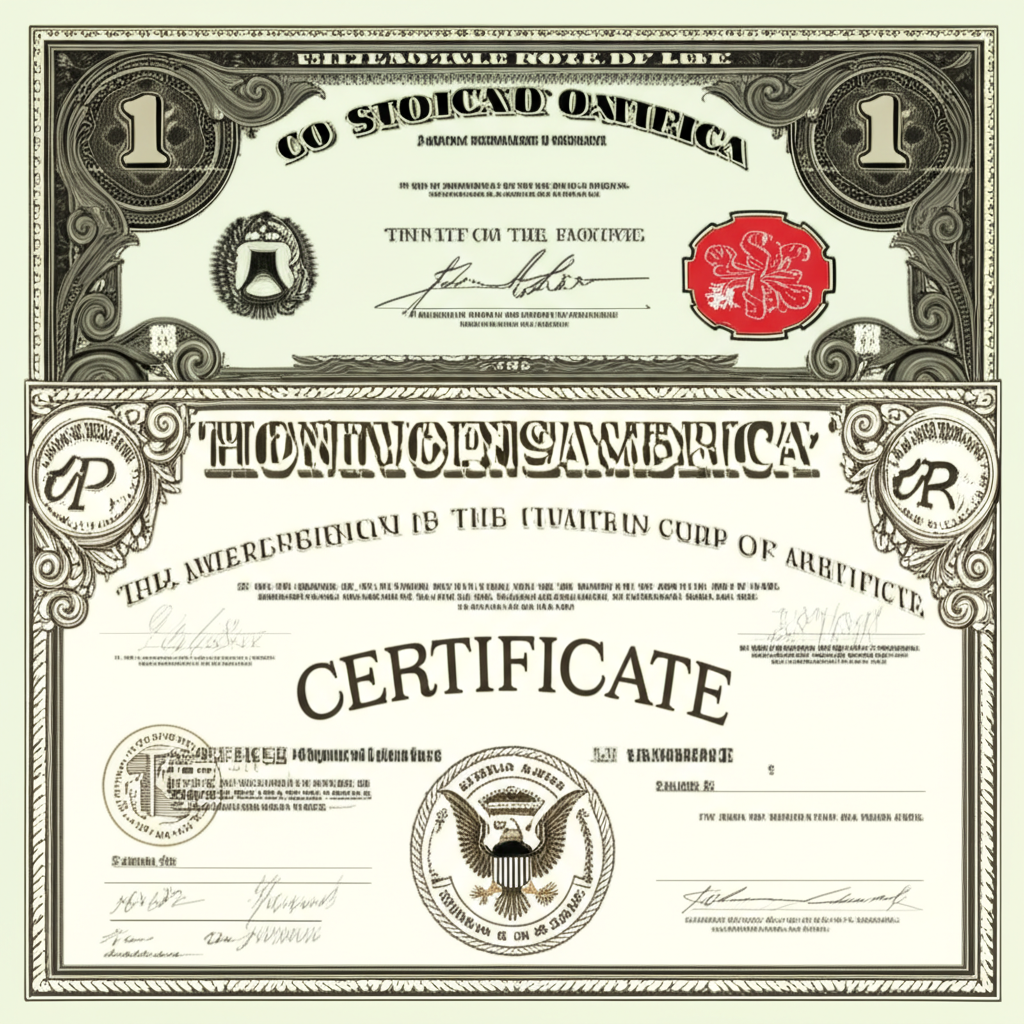Introduction to U.S. Stock ETFs: Your 2025 Investment Guide
The world of investing keeps shifting, and for everyday Americans building their portfolios, U.S. stock exchange-traded funds stand out as a reliable way to spread risk and chase growth. Heading into 2025, getting a handle on these tools is essential for smart choices in the U.S. market. This guide breaks it all down, from the basics to standout options, helping you craft a strategy that fits your goals right here at home.

U.S. stock ETFs have surged in appeal over the years, drawing in investors with their mix of broad coverage, easy trading, and typically slimmer fees than old-school mutual funds. Looking ahead to 2025, they remain a smart pick for tapping into the lively U.S. equities scene. Whether you’re new to this or fine-tuning your approach, this resource cuts through the complexity to spotlight effective tactics and promising selections that could boost your outcomes.

What Exactly Are U.S. Stock ETFs?
An exchange-traded fund, or ETF, pools together assets like stocks, commodities, or bonds and trades on exchanges in the same way individual shares do. What sets them apart from mutual funds is their intraday trading- you can buy or sell them anytime the market’s open, based on real-time prices, rather than waiting for an end-of-day valuation.
For folks investing in the United States, these ETFs zero in on stocks from American exchanges, giving you a front-row seat to top U.S. firms and key industries. Providers assemble a collection of securities to mirror a benchmark index, a particular sector, or a defined approach, then issue shares for public trading.
When stacking ETFs against mutual funds or single stocks, a few standout traits matter most for U.S. investors:
- Diversification: By bundling dozens or hundreds of stocks, ETFs spread out your bets, steering clear of the all-in-one-risk of picking just one company.
- Liquidity: They move like stocks, with trades happening all day long. Mutual funds stick to once-daily pricing at net asset value, or NAV.
- Lower Costs: Passive ETFs that follow indexes often charge far less in annual fees than those mutual funds run by stock pickers, preserving more of your returns over time.
- Transparency: You’ll get a daily peek at the fund’s holdings, so there’s no guesswork about your investments.
Why Invest in U.S. Stock ETFs in 2025?
For American investors eyeing 2025, U.S. stock ETFs bring a host of benefits that make them worth considering.
- Access to Leading Global Companies: America’s markets host powerhouse innovators shaping the world economy, letting you invest in them without hunting down each one.
- Economic Stability and Regulatory Environment: With a solid economy and oversight from bodies like the SEC, the U.S. setup adds confidence through strong protections and fair play.
- Diversification Made Easy: One simple purchase gets you across-the-board market access, cutting down on the pitfalls of solo stock bets-ideal for those just starting out.
- Lower Expense Ratios: Many passive options keep fees minimal, so your capital works harder through compounding without much leakage.
- Tax Efficiency for US Investors: Their design helps sidestep big capital gains hits compared to mutual funds, a real plus in taxable setups. Check IRS guidelines for the full picture on taxes.
- Ease of Trading: Slip them into any standard brokerage account and trade just like shares, keeping things straightforward.
Navigating the Landscape of U.S. Stock ETF Categories
U.S. stock ETFs come in all shapes and sizes, letting you match your picks to precise interests or objectives in the American market.
Broad Market U.S. Stock ETFs
These funds capture the big picture of U.S. equities, following major benchmarks or wide swaths of the market.
- S&P 500 ETFs: Options such as VOO (Vanguard S&P 500 ETF), SPY (SPDR S&P 500 ETF Trust), and IVV (iShares Core S&P 500) mirror the S&P 500, spotlighting 500 blue-chip U.S. giants across industries.
- Total Stock Market ETFs: Take VTI (Vanguard Total Stock Market ETF), which covers almost every U.S. stock out there, from mega-caps to mid-sized and smaller players, for top-tier variety.
Growth vs. Value U.S. Stock ETFs
This split lets you lean into styles that suit your market view or timeline.
- Growth ETFs: They target firms poised for rapid revenue and earnings jumps, often plowing profits back in rather than paying out much in dividends-think high-flyers in tech or biotech.
- Value ETFs: These hunt for overlooked stocks with solid balance sheets, steady profits, and generous dividends, shining when markets favor bargains over hype.
Deciding between the two often hinges on economic signals and your own predictions for the year ahead.
Sector-Specific U.S. Stock ETFs
Dive deeper with funds zeroed in on U.S. industries, perfect for betting on hot areas.
- Technology: XLK (Technology Select Sector SPDR Fund)
- Healthcare: XLV (Health Care Select Sector SPDR Fund)
- Energy: XLE (Energy Select Sector SPDR Fund)
- Financials: XLF (Financial Select Sector SPDR Fund)
Such targeted bets can pay off big if a sector surges, though they amp up vulnerability to industry-specific slumps.
Size-Based U.S. Stock ETFs
Sort by company scale to fine-tune your exposure.
- Large-Cap ETFs: They stick to heavyweights with proven stability and global reach.
- Mid-Cap ETFs: These hit a sweet spot-growthier than giants but steadier than tiny outfits, often uncovering tomorrow’s leaders.
- Small-Cap ETFs: Geared toward nimble upstarts with big upside potential, yet more swings, like IWM (iShares Russell 2000 ETF) for small-firm plays.
Dividend-Focused U.S. Stock ETFs
Income hunters turn here for reliable payouts from steady U.S. earners. They’re great for retirees or anyone building cash flow. A go-to is SCHD (Schwab U.S. Dividend Equity ETF), blending yield with moderate growth.
Top-Performing U.S. Stock ETFs to Watch in 2025
History doesn’t predict the future, but some U.S. stock ETFs have built strong track records and appeal for 2025 portfolios. Below, we’ve rounded up six solid choices spanning categories, tailored for American investors seeking balance and potential.
| Ticker | Name | Category | Key Focus for US Investors | Expense Ratio (Approx.) |
|---|---|---|---|---|
| VOO | Vanguard S&P 500 ETF | Broad Market (Large-Cap) | Exposure to 500 largest U.S. companies, low cost, core holding. | 0.03% |
| VTI | Vanguard Total Stock Market ETF | Total Market | Comprehensive U.S. market exposure (large, mid, small cap), ultimate diversification. | 0.03% |
| QQQ | Invesco QQQ Trust | Large-Cap Growth (Tech-Heavy) | Tracks Nasdaq 100, heavily weighted towards innovative tech and growth companies. | 0.20% |
| SCHD | Schwab U.S. Dividend Equity ETF | Dividend Income | Focuses on high-quality, dividend-paying U.S. companies for income and growth. | 0.06% |
| IWM | iShares Russell 2000 ETF | Small-Cap | Exposure to small-cap U.S. companies, potential for higher growth (and risk). | 0.19% |
| XLK | Technology Select Sector SPDR Fund | Sector (Technology) | Concentrated exposure to U.S. technology sector leaders. | 0.10% |
Note: Expense ratios are subject to change. Always verify current fees with the fund provider.
How to Choose the Best U.S. Stock ETFs for Your Portfolio in 2025
Picking U.S. stock ETFs that click with your needs in 2025 means weighing metrics against your aims, from growth to stability.
Understanding Expense Ratios and Fees
This is the yearly cut the fund takes, shown as a percent of assets. Over time, even tiny gaps-like 0.03% versus 0.50%-can snowball into thousands in saved costs, thanks to compound interest. Prioritize low-fee funds for hands-off, long-haul investing.
Liquidity and Trading Volume
Opt for ETFs that see heavy action, with millions traded daily. This keeps buys and sells smooth, dodging hefty spreads that nibble at profits. Popular broad-market funds usually excel here.
Tracking Error and Performance
It’s the gap between the ETF’s returns and its benchmark-aim for minimal deviation to ensure you’re getting what the index promises. Solid history points to reliable management, though remember, yesterday’s wins don’t lock in tomorrow’s.
Diversification and Risk Management
Match selections to your comfort with ups and downs, weaving them into a bigger picture that includes bonds or international assets. Wide-reaching ETFs build in safety nets, while niche ones demand careful portioning to avoid over-reliance on one corner of the market.
Tax Implications for United States Investors
Keep an eye on taxes from dividends, sales gains, and rules like wash sales that could nix loss deductions. ETFs often edge out mutual funds on efficiency, but a chat with a tax pro can sharpen your setup. The Securities and Exchange Commission (SEC) offers solid info on fees and taxes: Investor.gov.
Choosing the Right Broker for U.S. Stock ETFs in 2025
Finding a dependable broker sets the stage for seamless U.S. stock ETF trading. Look at commissions, user interface, analytics, support quality, and ETF selection to match your style.
Top Brokers for U.S. Stock ETFs: A 2025 Comparison
This overview spotlights three options, noting what they bring to American ETF traders.
| Broker | Key Advantages for US Investors | Considerations | Ideal For |
|---|---|---|---|
| Moneta Markets | Offers advanced trading platforms (MetaTrader 4/5, WebTrader) with competitive pricing on various tradable assets like forex and CFDs. Robust 24/7 customer support and a global reach appeal to US investors seeking a versatile brokerage experience beyond traditional stock ETFs. Holding an FCA license, Moneta Markets provides a powerful, feature-rich environment for those diversifying into other asset classes. | Primarily known for forex and CFDs; US investors would typically use a separate, dedicated platform for direct US stock ETF purchases. | US investors who want a sophisticated platform for forex and CFD trading, complementing a separate US stock ETF strategy. |
| OANDA | Known for its user-friendly platform, strong regulatory standing in the US (CFTC and NFA regulated), and competitive forex spreads. Offers a transparent pricing model and extensive educational resources, making it accessible for new traders. | Primarily a forex broker; direct US stock ETF access may not be its core offering. | Beginner to intermediate US forex traders looking for a regulated and intuitive platform. |
| FOREX.com | Provides deep liquidity, comprehensive research tools, and a range of trading platforms (including MetaTrader and its proprietary platform). Strong US regulatory compliance (CFTC and NFA) and a wide array of currency pairs make it a reliable choice for serious forex traders. | Similar to OANDA, its main focus is forex, and direct US stock ETF trading might be limited or unavailable. | Experienced US forex traders who need advanced tools and a robust platform. |
Note: For direct investment in U.S. Stock ETFs, traditional US-based brokerages like Fidelity, Charles Schwab, or Vanguard will typically be the primary choice for most investors.
Common Risks Associated with U.S. Stock ETFs
U.S. stock ETFs pack plenty of upsides, but American investors need to weigh the downsides too.
- Market Risk: Broader downturns or U.S.-specific shocks can drag ETF values lower, no matter the diversification.
- Tracking Error: Even passive funds might stray a bit from their indexes due to costs or trading quirks, though it’s usually small.
- Liquidity Risk: Offbeat ETFs could face thin trading, hiking spreads and complicating timely exits.
- Concentration Risk: Sector funds, say in tech, get hit hard by industry woes, amplifying swings.
- Active Management Risk (for Active ETFs): In rarer active U.S. stock ETFs, manager missteps could lag the market, offsetting any edge from bold calls.
To counter these, dig into due diligence, mix categories thoughtfully, and tie everything to your risk appetite and timeline.
The Future of U.S. Stock ETFs: Trends for 2025 and Beyond
Innovation drives the U.S. ETF space forward. As 2025 unfolds, watch these shifts that could redefine options for domestic investors.
- Rise of Active ETFs: Passive rules the roost, but active versions are gaining ground, promising beats on benchmarks at the cost of steeper fees-worth it if they deliver.
- Thematic ETFs: Growth in funds chasing trends like AI, renewable energy, automation, and cyber defenses will continue, offering pinpoint bets on future winners amid elevated risks.
- ESG Investing: Funds screening for environmental, social, and governance strengths are booming, letting values guide dollars toward responsible U.S. leaders.
- Role of Technology and AI: Smarter tools and robo-advisors are democratizing advanced ETF picks, spotting patterns and streamlining builds for everyday users.
Overall, these developments expand customization, empowering U.S. investors to adapt swiftly to changing conditions.
Conclusion: Making Informed U.S. Stock ETF Decisions in 2025
For Americans at any stage, U.S. stock ETFs deliver flexible, cost-effective paths to diversification-from sweeping market coverage to niche sector tilts or steady income. As you gear up for 2025, focus on fees, flow, and fit within your broader plan. Staying informed through ongoing education will help you harness these vehicles for enduring financial progress in America’s ever-shifting markets.



No responses yet